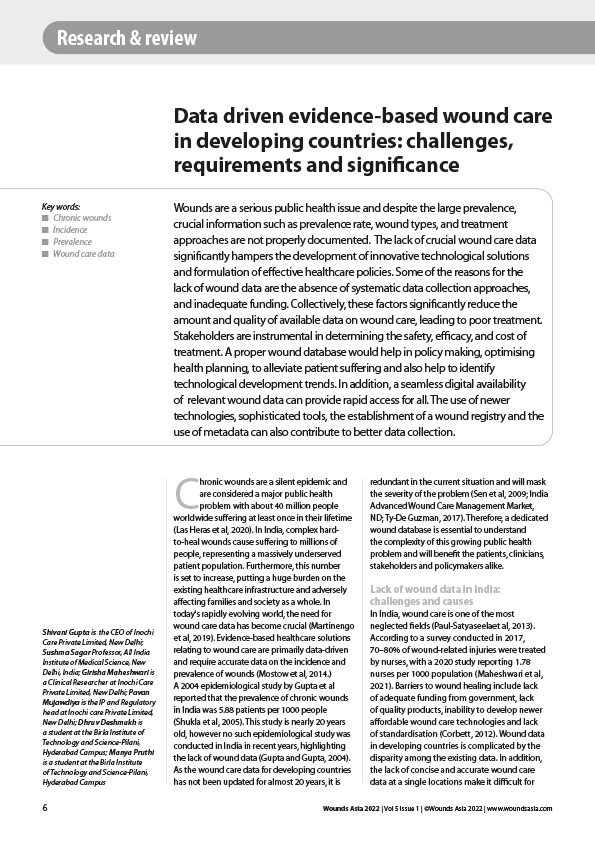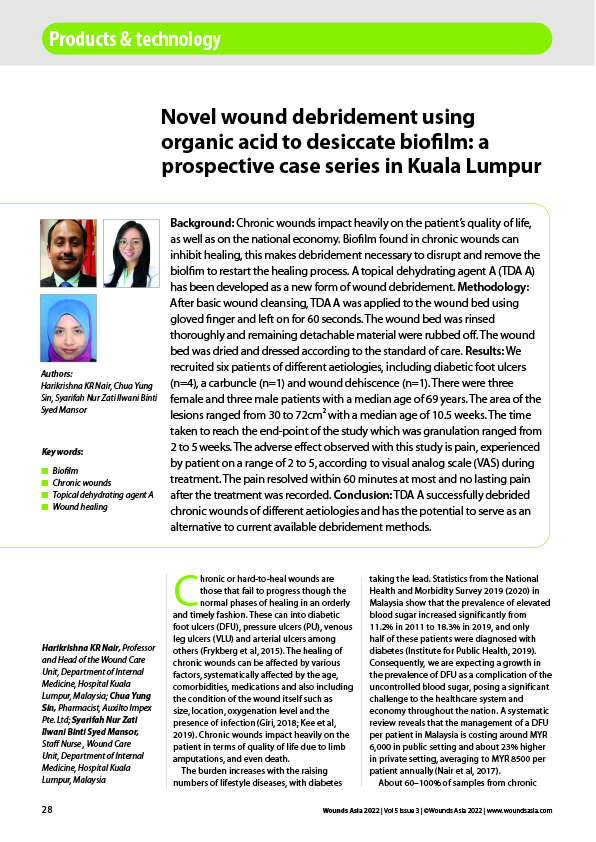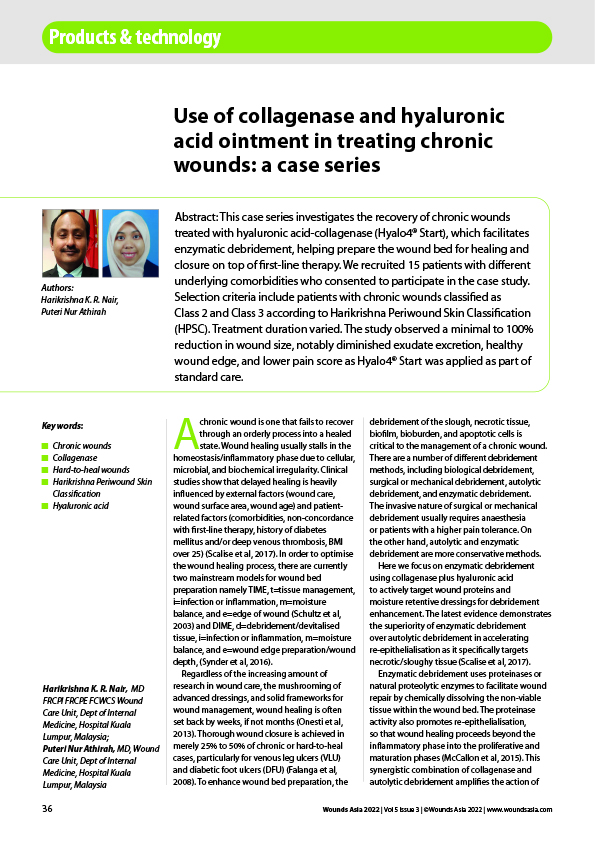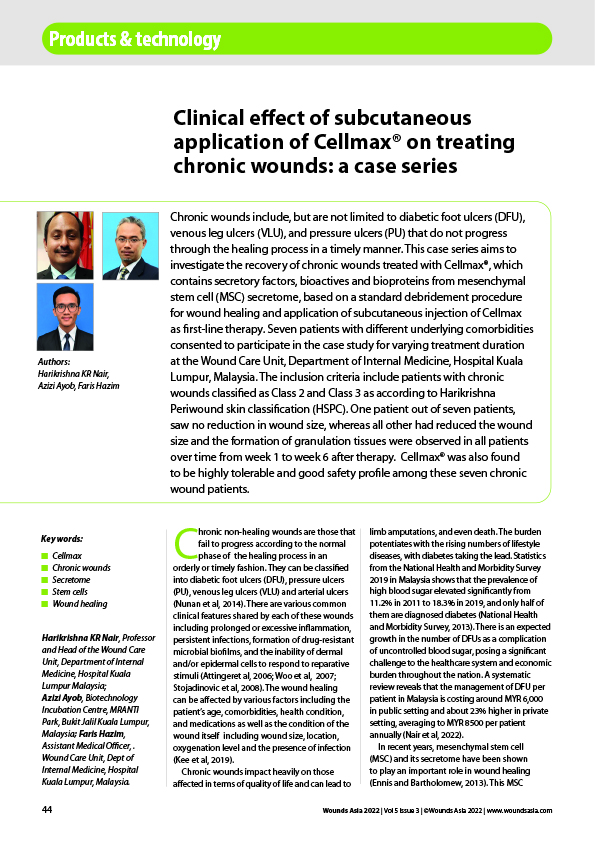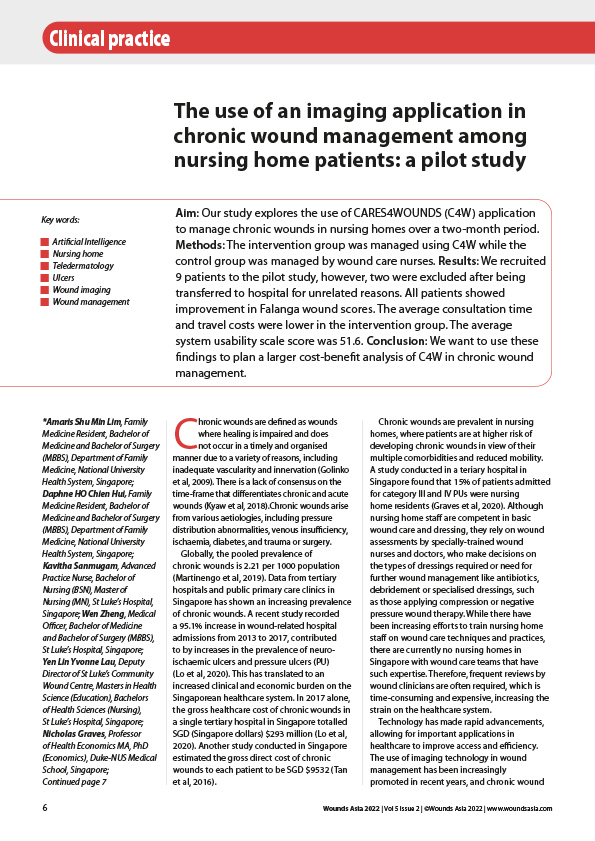Wounds are a serious public health issue and despite the large prevalence, crucial information such as prevalence rate, wound types, and treatment approaches are not properly documented. The lack of crucial wound care data significantly hampers the development of innovative technological solutions and formulation of effective healthcare policies. Some of the reasons for the lack of wound data are the absence of systematic data collection approaches, and inadequate funding. Collectively, these factors significantly reduce the amount and quality of available data on wound care, leading to poor treatment. Stakeholders are instrumental in determining the safety, efficacy, and cost of treatment. A proper wound database would help in policy making, optimising health planning, to alleviate patient suffering and also help to identify technological development trends. In addition, a seamless digital availability of relevant wound data can provide rapid access for all. The use of newer technologies, sophisticated tools, the establishment of a wound registry and the use of metadata can also contribute to better data collection.

